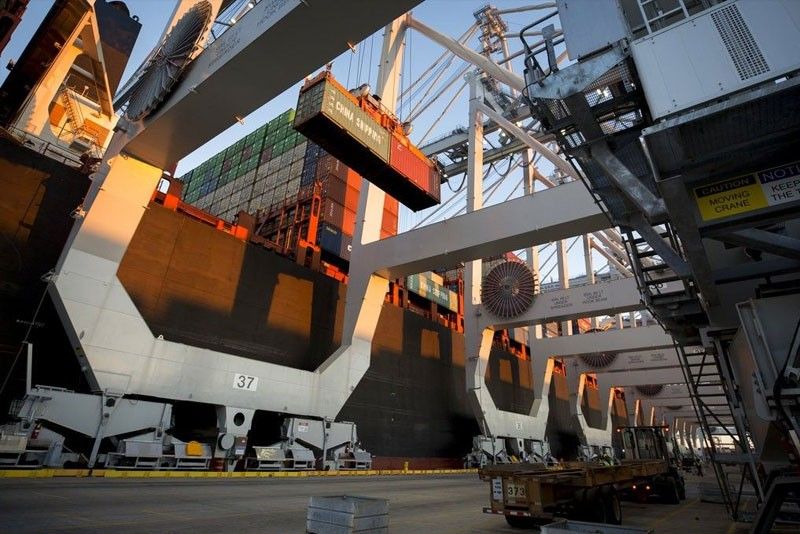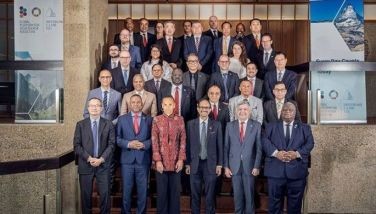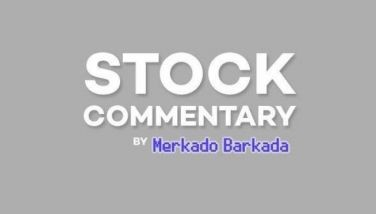Wider trade gap the new norm — economists

MANILA, Philippines — Wider trade gaps will likely be the norm for the Philippines over the medium term as the growth in the importation of capital equipment and raw materials to support the growing economy would continue to outpace the increase in exports, economists said.
ING Bank Manila senior economist Nicholas Mapa said the Philippine trade story remains the same, with imports running well past outbound shipments.
“With both the government and corporates doubling down on this capital-intensive growth, wide trade gaps will likely be the norm in the medium term,” Mapa said.
Trade gap in the Philippines has been swelling since 2017 amid a sustained rise in imports to feed the growing economy as well as the ambitious infrastructure program under the Build Build Build program, reversing the nation’s current account surplus to a deficit and pressuring the peso.
Latest data from the Philippine Statistics Authority (PSA) showed the country’s trade deficit swelled 61 percent to $ 37.69 billion from January to November last year.
Imports rose 15.8 percent to $100.45 billion in the first 11 months of last year while export contracted by 0.9 percent to $62.77 billion.
Mapa said fuel, raw materials and capital goods remained the largest contributors to overall import growth, expanding by 34.1 percent, 6.7 percent, and 4.9 percent respectively.
Imports of consumer goods fell mainly due to the -28.1 percent print for passenger cars with the negative growth tagged to the car buying spree ahead of the implementation of Republic Act 10963 or the Tax Reform for Acceleration and Inclusion (TRAIN) Law.
He said exports slumped anew by -0.3 percent with the mainstay electronics subsector contracting at 1.6 percent, while all other export sectors managed to grow by 1.6 percent.
Going forward, Mapa said the current account would likely remain in the red as imports run away from outbound shipments.
Lindsey Ice, economist at Barcelona-based think tank FocusEconomics, said the country’s trade gap would further widen to $40 billion this year and $48.2 billion in 2020 as import growth continues to outpace that of exports.
Exports are seen to expand 7.8 percent this year before easing to 6.4 percent next year, while imports will increase 8.5 percent this year and streng-then by 11.3 percent in 2020.
- Latest
- Trending































